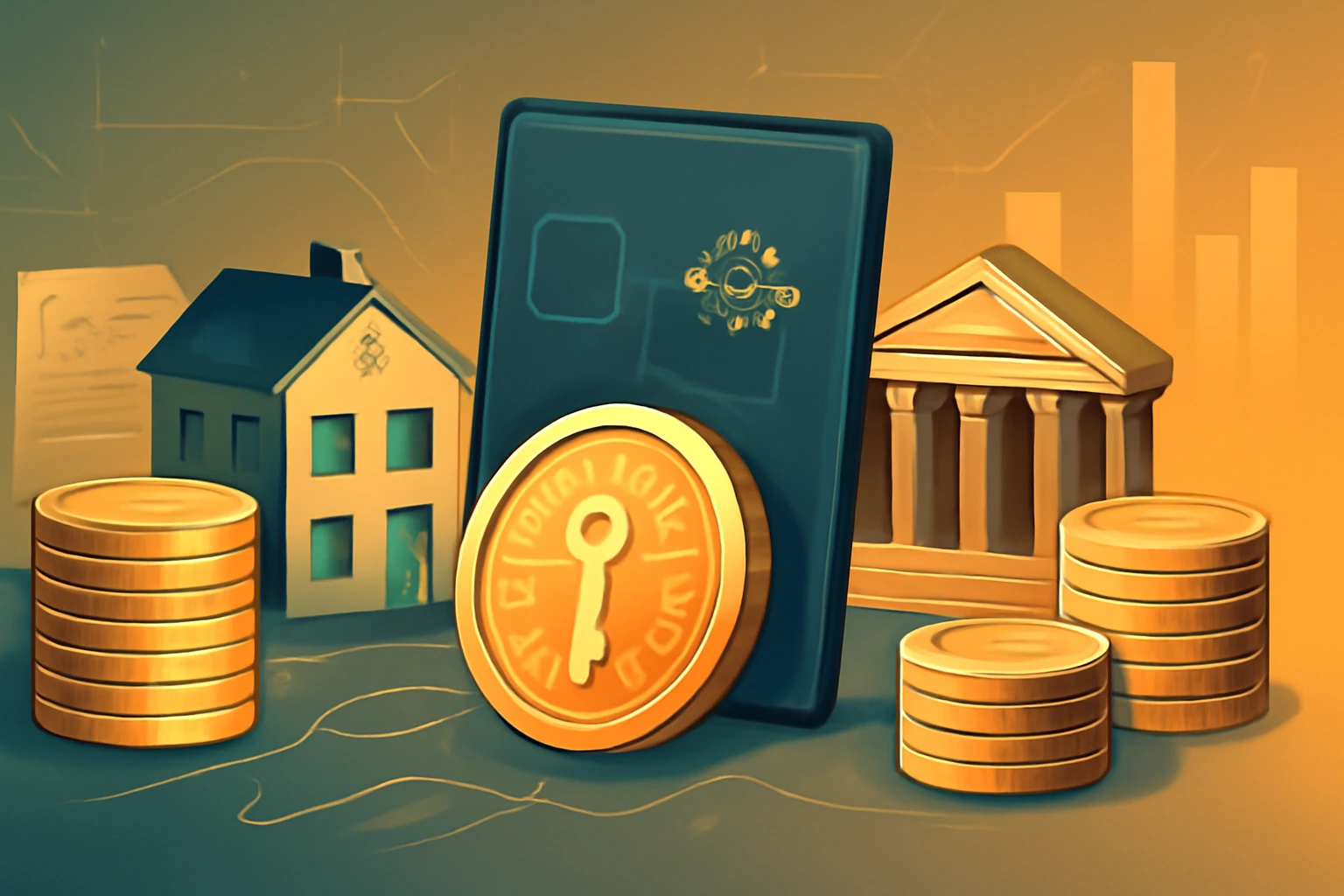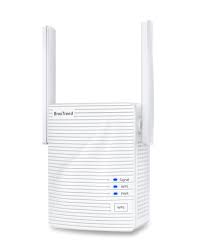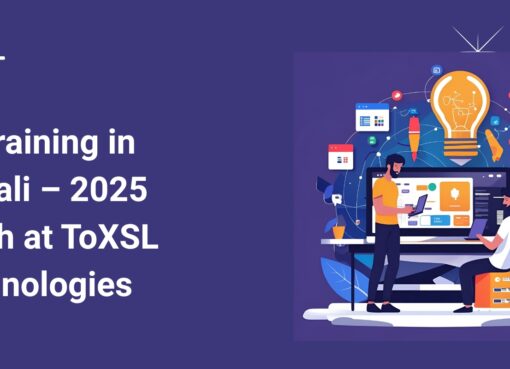Why Real-World Asset Tokenization Is Becoming a Must-Have Strategy in 2025

The year 2025 has ushered in a decisive shift in how businesses view asset management, liquidity, and investor access. What was once a fringe experiment in blockchain circles—real-world asset (RWA) tokenization—has now become a central pillar in the strategic playbook of forward-looking enterprises, asset managers, and even governments. The convergence of regulatory clarity, blockchain infrastructure maturity, and heightened demand for transparency has pushed tokenization from the sidelines into the financial mainstream.
Real-world asset tokenization refers to the process of representing ownership rights of physical or off-chain assets—such as real estate, commodities, collectibles, or financial instruments—on a blockchain in the form of digital tokens. These tokens are fully backed by tangible assets and often embedded with regulatory compliance rules, making them not just innovative but practical and secure.
A Brief Look Back: The Evolution of Tokenization
While tokenization is not new, its real-world application faced hurdles for over a decade. Early projects were met with skepticism due to unclear regulatory landscapes, limited blockchain scalability, and a lack of institutional involvement. However, things began to change around 2022 when major financial institutions started piloting tokenization of private equity, bonds, and even infrastructure assets.
By 2024, initiatives from the likes of BlackRock, Franklin Templeton, and global central banks gave RWA tokenization the legitimacy it needed. With frameworks like ERC-3643 (a compliance-ready Ethereum standard) becoming widely adopted and tokenization platforms offering end-to-end legal and technical infrastructure, businesses could now deploy tokenized solutions confidently. The groundwork laid in these years has culminated in the 2025 explosion of enterprise-grade RWA tokenization.
Tokenization as a Tool for Liquidity Creation
One of the most significant barriers to capital flow in traditional markets has been illiquidity. Assets like real estate, art, infrastructure investments, and private shares often take months or years to convert into cash, and this friction limits investor participation and asset value realization. Tokenization solves this by fractionalizing assets into smaller, tradable units, enabling a broader pool of investors to buy, sell, or hold positions in previously inaccessible markets.
In 2025, tokenized real estate platforms are letting investors access global property portfolios in minutes. Tokenized fine art marketplaces are allowing users to own a share of a Picasso. And private equity funds are using blockchain rails to offer secondary trading markets for their LP interests. Liquidity is no longer a dream; it’s the new default for tokenized assets.
Compliance-Ready Tokens Are Changing Regulatory Perceptions
A major reason businesses are embracing tokenization in 2025 is because the tokens themselves are now regulation-friendly. Thanks to advancements in smart contract standards and identity verification layers, companies can embed Know Your Customer (KYC), Anti-Money Laundering (AML), and jurisdictional restrictions directly into tokens.
This compliance-by-design approach has made regulators more comfortable with the asset class. Countries like the UAE, Singapore, Switzerland, and the UK have already issued detailed guidelines for tokenized securities and asset-backed tokens. Even the SEC and ESMA have begun to distinguish between speculative crypto assets and fully compliant tokenized RWAs.
This shifting regulatory mood gives enterprises confidence that their tokenization strategies won’t hit legal roadblocks. Instead, they are now seen as forward-thinking moves aligned with the future of regulated finance.
Global Investment Access and Borderless Capital Markets
Another reason RWA tokenization is gaining traction is the ability to unlock global investor participation. Traditional markets are often geographically limited and segmented by capital controls, local laws, and outdated infrastructure. Tokenized assets, however, are inherently global. As long as the underlying legal structure permits, tokenized real-world assets can be accessed and traded across borders with unprecedented efficiency.
This global democratization of investment opportunities is not just a win for investors in emerging economies but also for businesses seeking diversified capital. In 2025, tokenized infrastructure projects in Africa are attracting investors from Europe, while U.S.-based tokenized REITs are onboarding Asian retail investors who were previously locked out due to minimum capital requirements or logistical limitations.
Blockchain makes this possible by serving as a trustless ledger that doesn’t need middlemen, broker-dealers, or country-specific fund managers. The capital can now move at internet speed.
Automation, Smart Contracts, and Operational Efficiency
Real-world asset tokenization isn’t just a financial innovation—it’s an operational one. Smart contracts embedded into tokenized systems automate much of the administrative and legal overhead that once plagued traditional asset management. Dividend distributions, compliance checks, escrow services, and reporting obligations can now be executed with minimal manual intervention.
Businesses are increasingly relying on tokenization platforms not just for issuance, but for complete lifecycle management. In 2025, it’s common for a property management company to tokenize rental income and automatically distribute yields to token holders monthly. Similarly, supply chain finance platforms are tokenizing invoices, automating credit assessment, and enabling same-day settlement with smart contract logic.
This efficiency dramatically reduces cost and human error, which makes tokenization a strategic decision for CFOs looking to streamline operations while improving ROI.
Institutional Adoption Has Validated the Market
One of the most important developments pushing tokenization into the spotlight is its widespread institutional endorsement. Major asset managers, banks, and insurers are no longer experimenting—they’re actively allocating capital into tokenized strategies.
In 2025, BlackRock’s tokenized fund ecosystem is managing billions in tokenized ETFs. JPMorgan’s Onyx platform processes tokenized intraday repo trades daily. Goldman Sachs is piloting tokenized real estate investment platforms for its high-net-worth clients. Even central banks are exploring sovereign bond tokenization for increased transparency and reduced issuance costs.
This level of institutional commitment signals to smaller players—mid-sized firms, real estate developers, and fintech startups—that tokenization is not a risky bet but a proven path forward.
Improving Transparency and Trust in Asset Ownership
Transparency is another key pillar of why RWA tokenization is taking off. In legacy systems, tracing asset ownership or verifying financial claims can be a slow and opaque process, often involving multiple intermediaries. Blockchain changes that by offering immutable audit trails, real-time asset provenance, and public verification of ownership.
In 2025, stakeholders—whether they are auditors, regulators, or investors—can independently verify that an asset-backed token is truly backed, track transaction history, and even check for compliance adherence using blockchain explorers or enterprise dashboards.
This added layer of transparency is making tokenized assets not just efficient, but more trustworthy—a factor that is especially crucial in high-stakes sectors like infrastructure, healthcare, and public finance.
Use Cases Across Industries: A Multi-Trillion Dollar Opportunity
The breadth of tokenization is what makes it such a powerful force. It’s not restricted to finance. In 2025, tokenized carbon credits are supporting ESG strategies for corporations. Tokenized luxury watches and wine collections are being used as collateral for decentralized lending. Even intellectual property rights are being fractionalized and traded, creating new revenue streams for creators.
The scale is enormous. Estimates suggest that the total value of tokenizable real-world assets could exceed $16 trillion by 2030. In 2025 alone, over $1.5 trillion in tokenized real estate, private credit, and commodities are actively being traded across decentralized and institutional platforms.
As more businesses realize the scope and scalability of tokenization, adoption will move from early adopters to mainstream incumbents rapidly.
Why Your Business Shouldn’t Wait
In a world where speed and adaptability determine market leadership, waiting to explore tokenization could mean falling behind. Companies that act now position themselves as category leaders, not late adopters. Tokenization is not just a technological upgrade—it’s a business model reinvention.
Whether you’re a real estate developer looking to increase liquidity, a fund manager seeking to reduce operational costs, or a retail brand aiming to offer fractional ownership of physical inventory, RWA tokenization offers a tailored pathway to modernize your asset strategy.
And with service providers offering turnkey solutions that handle everything from legal compliance to smart contract deployment, there’s no excuse for businesses to stay on the sidelines any longer.
Conclusion:
Real-world asset tokenization has moved past the experimental phase. In 2025, it has become a proven, scalable, and secure strategy for businesses aiming to stay competitive in a rapidly evolving financial landscape. From unlocking liquidity and global capital access to improving compliance and reducing costs, the benefits are too substantial to ignore.
As blockchain infrastructure continues to mature and institutional appetite grows, tokenization will become as foundational to business as cloud computing or mobile payments once did. Those who understand and implement it now won’t just keep up with the future—they’ll define it.






Leave a Comment